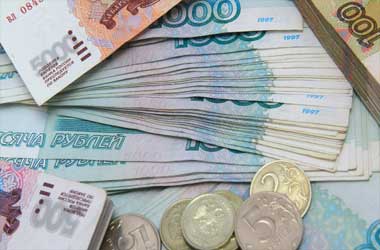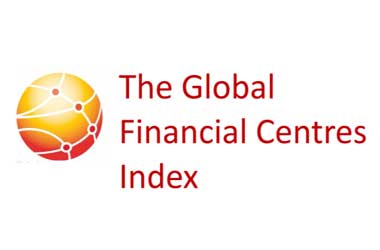 The Russian ruble lost ground against the greenback Friday after the report of highest unemployment rate in four months. The sharp decline in retail trade also aided the rubles decline against the greenback. But for the poor University of Michigan’s consumer sentiment index, the ruble’s decline would have been steeper. In the past 24 hours, the USD/RUB pair has rallied from a low of 71.4910 to a high of 71.9938.
The Russian ruble lost ground against the greenback Friday after the report of highest unemployment rate in four months. The sharp decline in retail trade also aided the rubles decline against the greenback. But for the poor University of Michigan’s consumer sentiment index, the ruble’s decline would have been steeper. In the past 24 hours, the USD/RUB pair has rallied from a low of 71.4910 to a high of 71.9938.
Unemployment rate in Russia increased to 6.2% in June, from 6.1% in the earlier month, beating anticipations for an unemployment rate of 6.3%. Despite the beat, reported unemployment rate was the highest since March 2018 as several Russian cities enforced lockdown measures to prevent the outbreak of Covid-19.
The number of jobless persons increased 93,000 m-o-m to 4.606 million, and the official jobless figures increased 644,000 to 2.787 million. A year before, the unemployment rate stood at 4.4%.
Retail trade declined 7.7% y-o-y in June, versus economists’ expectations for a 12.3% drop. In May and April, retail sales declined 19.2% and 23.2%, respectively. In case of non-food products, sales dropped 11.3% in June, compared with 29.2% in May.
Likewise, food products sales fell 3.7% in June, following a drop of 8.6% in the earlier month. On m-o-m basis, nevertheless, sales soared 15.8%, as several companies’ restarted operations after weeks of shutdown. In 2Q20, retail sales contracted 16.6% y-o-y.
Real wages in Russia rose 1% y-o-y in June, rebounding from a 2% decline in the earlier month and blowing away Consensus estimate calling for a 3.5% drop. Nominal wages increased 4% to RUB 50,747, while yearly inflation increased 3%.
The US Fed widened its Main Street Lending Program to pave way for better access to loans for non-profit institutions such as hospitals, educational institutions and social service organizations which were financially healthy before the outbreak of Covid-19. Fed Chair Powell said “Nonprofits provide vital services across the country and employ millions of Americans.”
Furthermore, the minimum number of employees a non-profit organization must have was reduced to 10, from 50. Restrictions on donation based financing were relaxed and multiple financial eligibility factors were amended to accept a broad range of non-profit operating exemplars.
The Fed also maintained the target range for Federal funds rate at 0-0.25% on June, in line with economists’ expectations.
The University of Michigan’s consumer sentiment dropped to 73.20 in July, from 78.10 in June, far lower than economists’ estimate of 79, mainly due to an increase in coronavirus infections, as per preliminary estimates.
While the current conditions subindex fell to 84.20 in July, from 87.10 in the earlier month, expectations index dropped to 66.20, from 72.30. Inflation expectations for the forthcoming year inched upwards to 3.1%, from 3% and for next 5 years rose to 2.7%, from 2.5%.
Commenting on decline in sentiment, Richard Curtin, Surveys of Consumers chief economist, said:
“Following the steepest two-month decline on record, it is not surprising that consumers need some time to reassess the likely economic impact from the coronavirus on their personal finances and on the overall economy. Unfortunately, declines are more likely in the months ahead as the coronavirus spreads and causes continued economic harm, social disruptions, and permanent scarring.”
WTI crude futures closed at $40.60 per barrel on Friday, almost flat from prior week’s close as increasing Covid-19 infections raised worries about demand and supply of fuel. Likewise, Brent crude futures declined to $43.10 per barrel. Notably, beginning August, OPEC+ had accepted to slash record output cuts of 9.70 million barrels per day enforced earlier this year by 2 million barrels per day.
Yesterday, for the second day in a row, the US reported over 70,000 cases of coronavirus infections, while cases continue to rise in India and Brazil. Even Spain and Australia recorded their sharpest increase in Covid-19 infections over the past two months.




